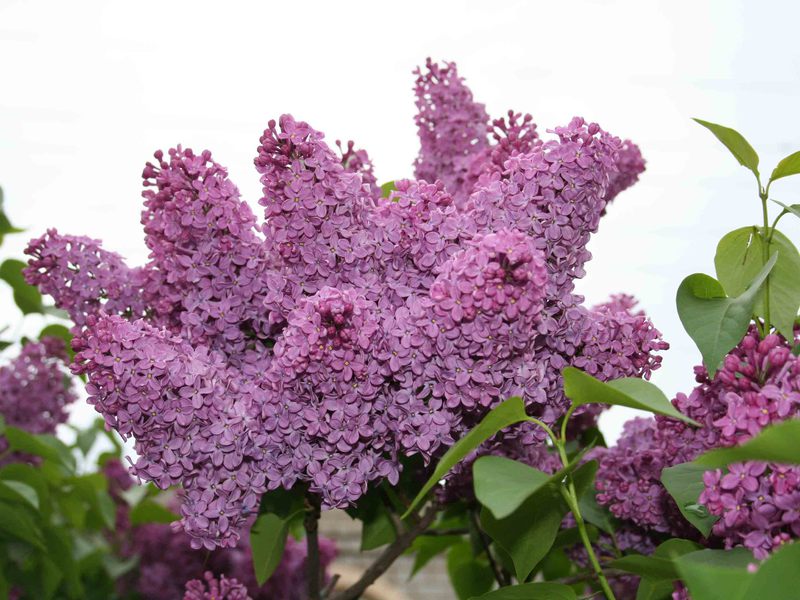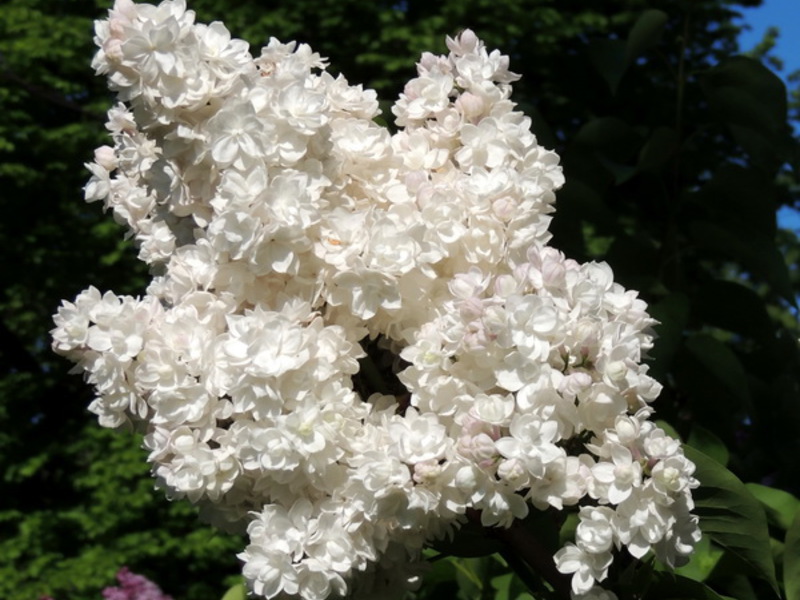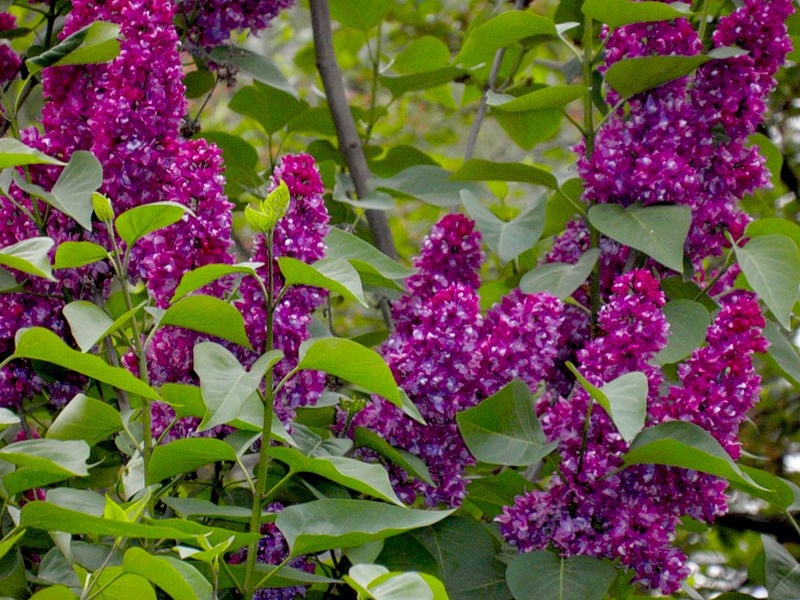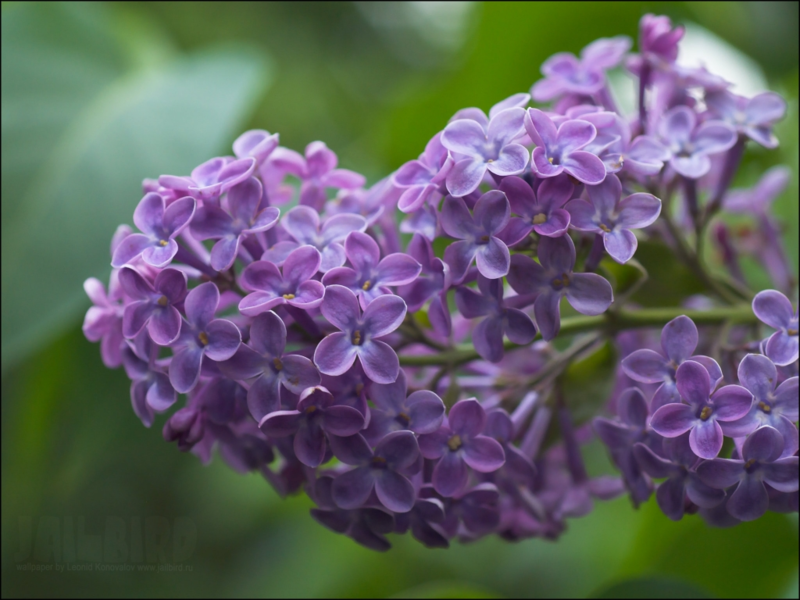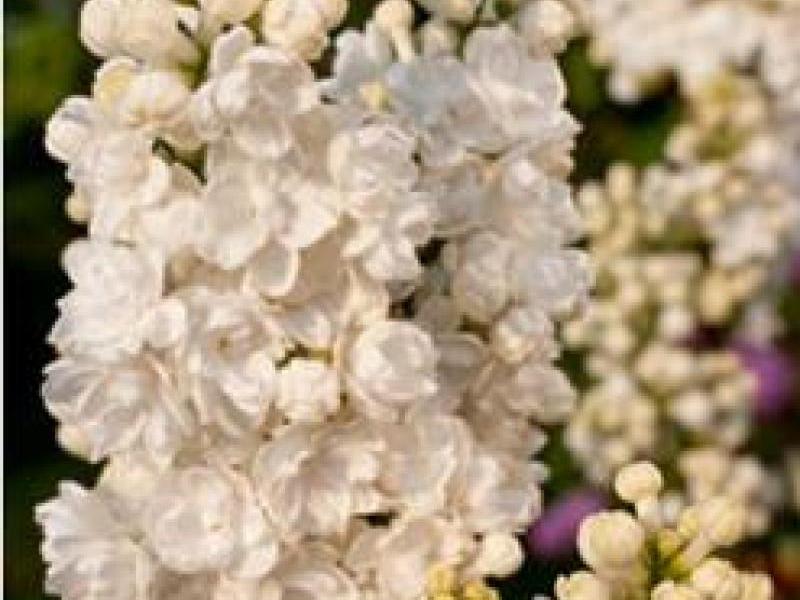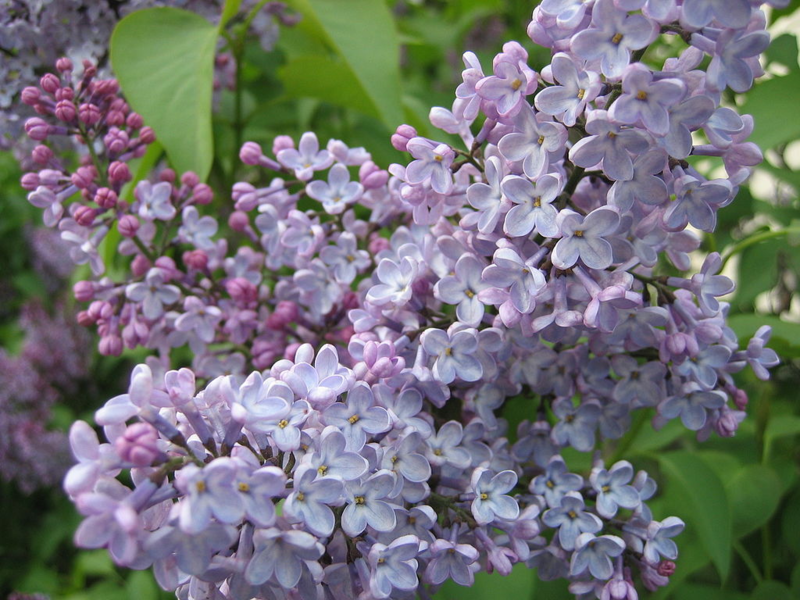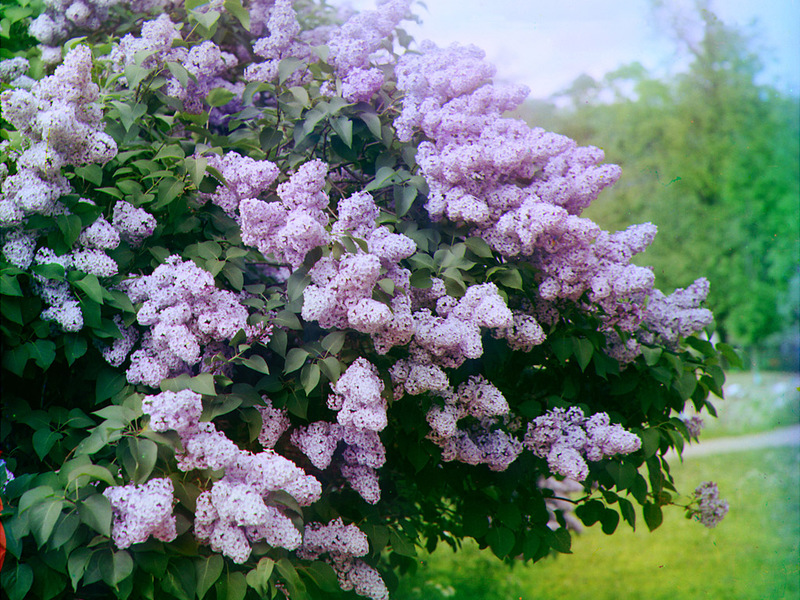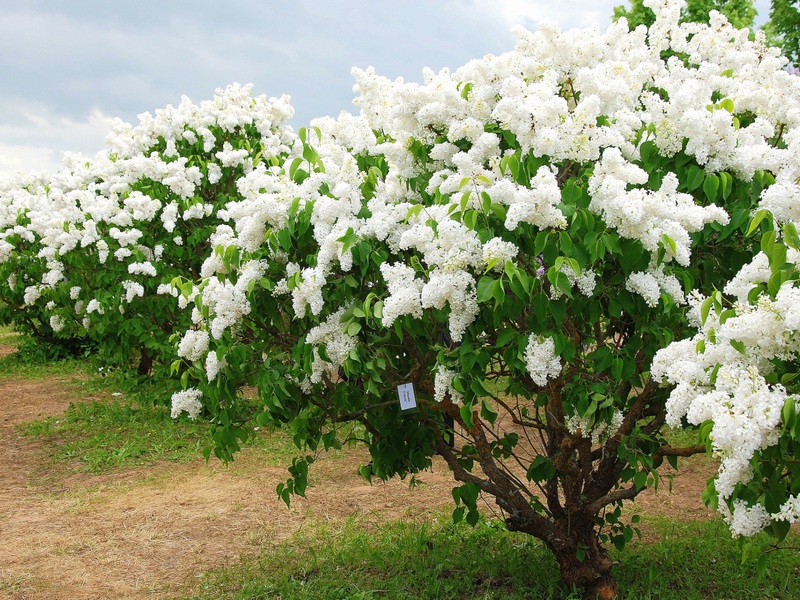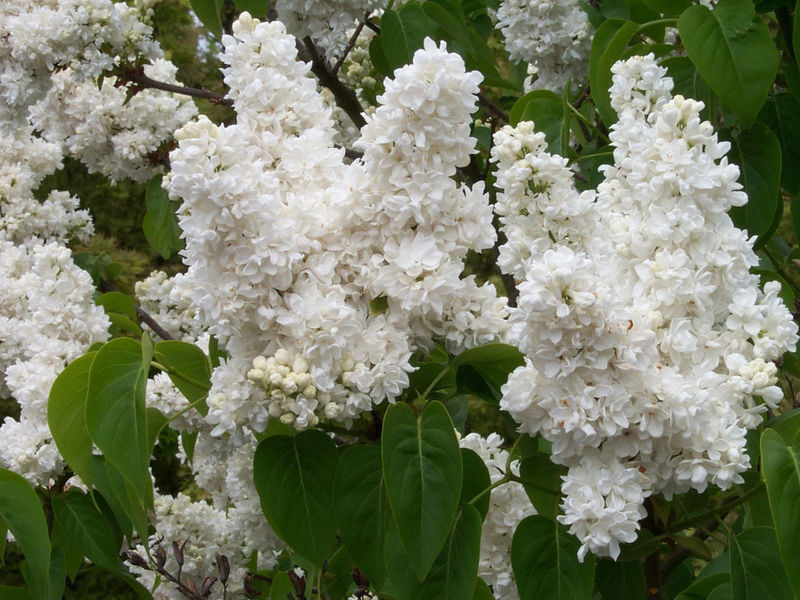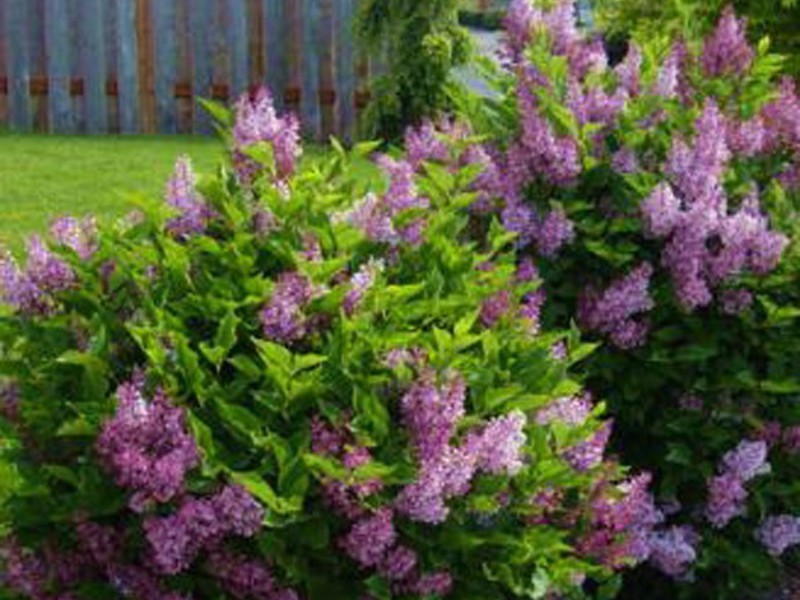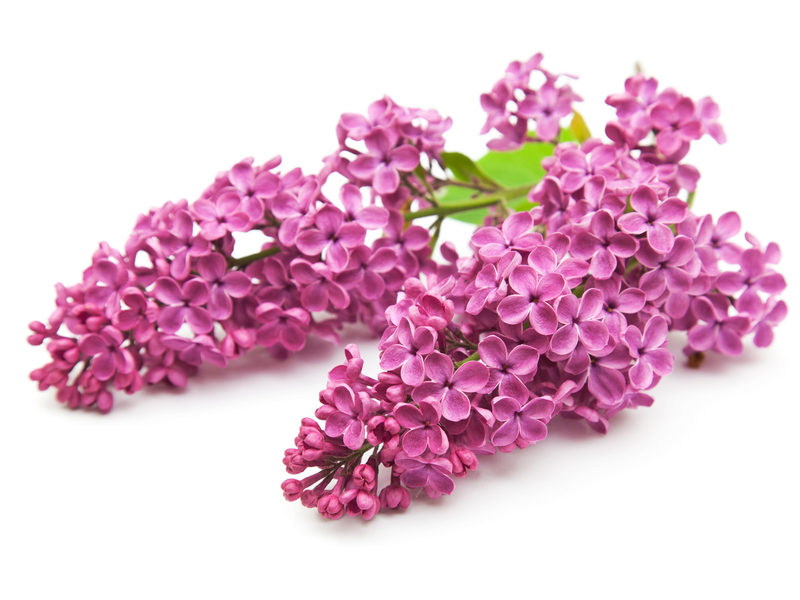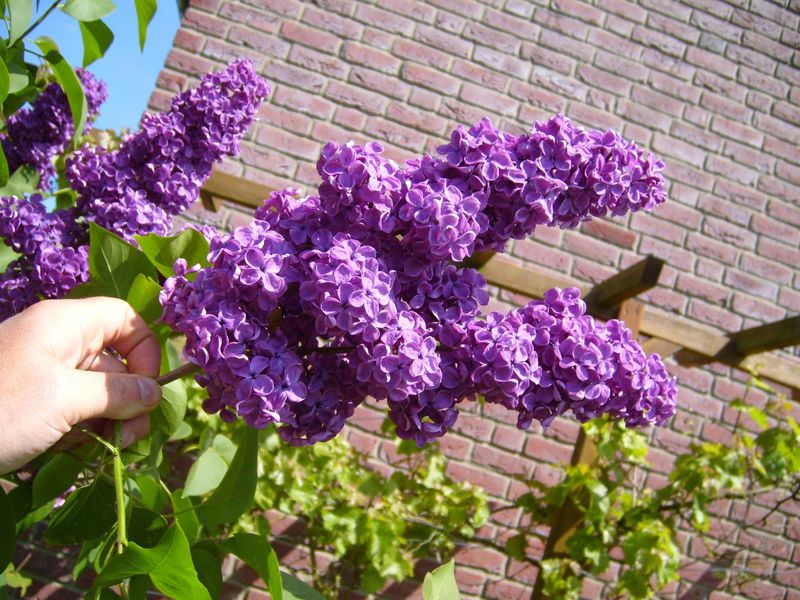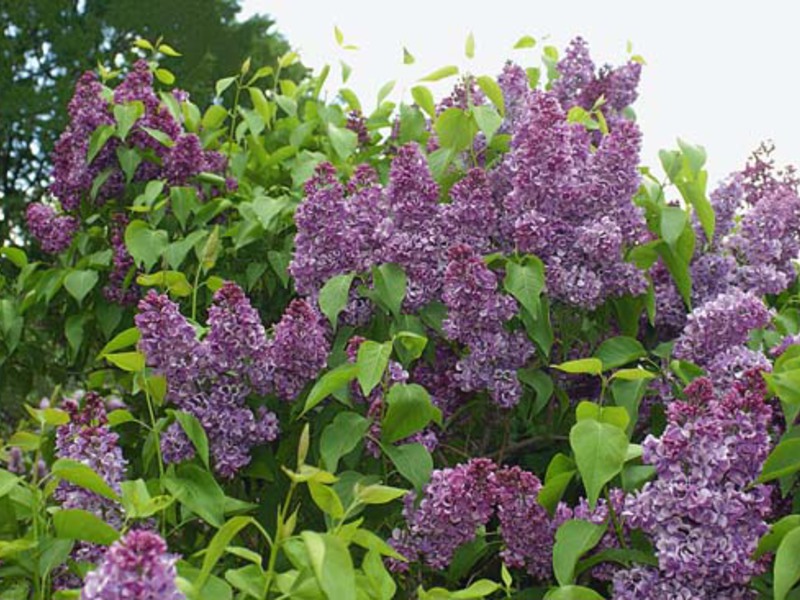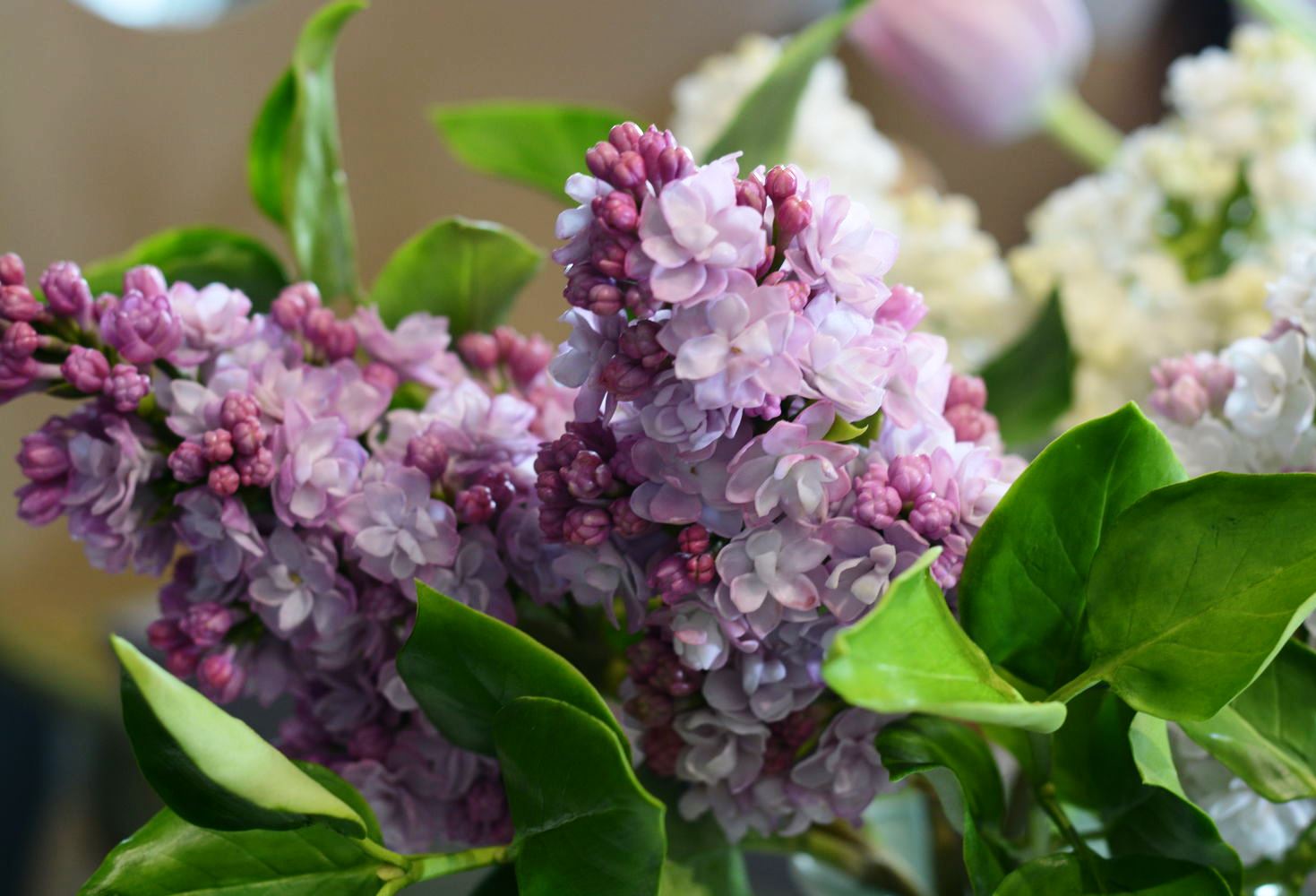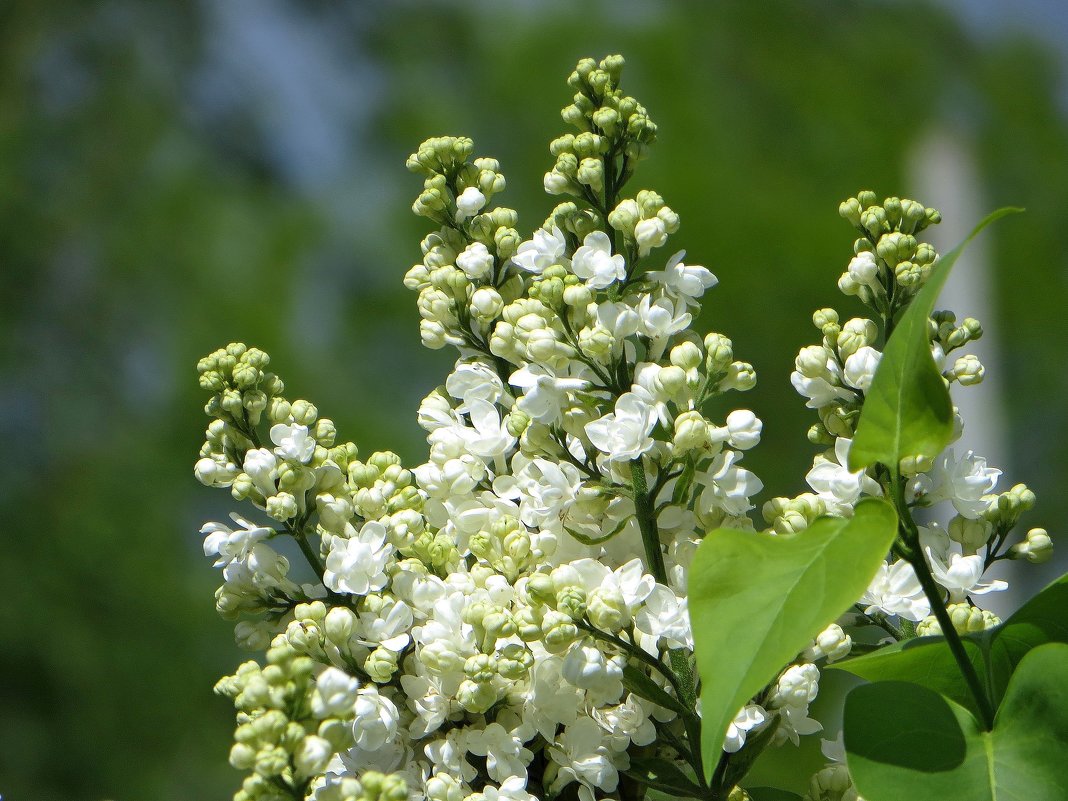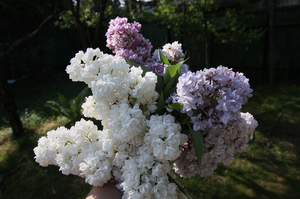 In Europe, acquaintance with lilacs occurred in the sixteenth century, and this plant came to Russia only in the eighteenth century. But this flower miraculously captured the Russian soul, and it became a native plant on Russian sites, in parks and gardens. Every garden lover will say that he is looking forward to every new lilac bloom.
In Europe, acquaintance with lilacs occurred in the sixteenth century, and this plant came to Russia only in the eighteenth century. But this flower miraculously captured the Russian soul, and it became a native plant on Russian sites, in parks and gardens. Every garden lover will say that he is looking forward to every new lilac bloom.
What is lilac?
Lilac is for the most part shrub plants, but there are also trees. The flower attracts with its heady aroma, variety of species and varieties. This plant has unpretentious, leathery, pointed leaves and inflorescences in the form of panicles. It is also noteworthy that in autumn the lilac does not change the color of the leaves, but sheds the foliage green.
Types and varieties of lilac, photo
In Russia, common lilac is often found, as well as hybrid species based on it, such as the:
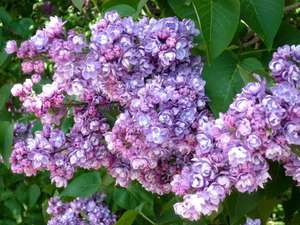 Hyacinth. Has a hybrid origin. The flower was bred by crossing broadleaf and common. The plant is winter-hardy, but nevertheless, under severe climatic conditions, it can freeze slightly.
Hyacinth. Has a hybrid origin. The flower was bred by crossing broadleaf and common. The plant is winter-hardy, but nevertheless, under severe climatic conditions, it can freeze slightly.- Chinese. Plant height can reach 3-5 meters. The flowers are lilac-purple, large in size. The shrub has a wide crown. The plant is resistant to frost.
- Persian. Medium-sized shrub, no more than 2 m in height. Inflorescences of white and lilac-white shades.
- Amurskaya. The plant is common in the Far East, Japan and other Asian countries. Cultivated shrubs reach about 10 meters, but in their natural environment the plant can grow up to 20 m in height. The flowers are small, white or creamy. The plant has a pleasant aroma with honey notes.
At the present time, by selection, a large many types of lilacs, but science does not stand still and continues to give the world new varieties. Many domestic species have achieved worldwide recognition.
Lilac varieties are initially distinguished by color, dividing into seven groups:
- white;
- purple;
- bluish;
- lilac;
- pink tint;
- magenta;
- purple in color.
In addition to this grouping, there is also several other classifications:
- Terry and shape of flowers.
- The size and shape of the inflorescences.
- Aroma.
- The size and shape of the bush.
Thanks to all these classifications, any gardener can choose a flower variety that suits him.
Planting rules
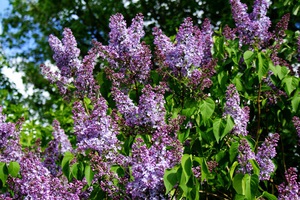 For planting any variety, you must choose places sun-drenched and windless... You should also ensure that the proposed landing site is not flooded by melting snow and heavy rainfall. This approach to site selection is due to the fact that even a short standing of water can lead to the death of young roots.
For planting any variety, you must choose places sun-drenched and windless... You should also ensure that the proposed landing site is not flooded by melting snow and heavy rainfall. This approach to site selection is due to the fact that even a short standing of water can lead to the death of young roots.
The shrub is undemanding to the surrounding conditions, however, it blooms better in soils with increased friability, slightly acidic or neutral composition, with a large proportion of humus. If groundwater is nearby, then drainage should be made.
Before planting, fertilizers and superphosphate are introduced into the previously dug holes. If the soil is high in clay, then you need to add sand.
The ideal time for planting different varieties of lilacs is August. This fact is connected with the fact that the plant in the spring kidneys begin to swell very early, and during this process, the plant simply will not tolerate the transplant.If you do not know the planting time of lilacs, but there is material in containers, then you can plant at any time. Care should be taken when choosing a plant for planting on the market, as you may stumble upon a bush that has just been dug up and planted in a pot. In this situation, the plant is likely to die.
The shrub does not require any special attention, it is resistant to drought, however, during growth, bud formation and flowering, it is watered for growth and enhanced flowering, especially in dry times. In the last summer month, the plant is not watered, in order to prevent stimulation of the awakening of the buds and their early growth.
In the first year after planting lilacs are not fed... They begin to do this only in the second - third year during the growth and formation of buds. You need to make complex mineral fertilizers containing trace elements. Each lilac variety immediately responds to organic fertilizers. You can also apply ash every two years.
Pruning lilac bushes
For the first few years after planting, the shrub grows slowly and should not be cut off. Further, it is necessary to form a bush, leaving only 5-10 of the most successful branches of the plant skeleton.
For bouquets, it is best to cut about a third of the flowering shoots. This encourages the growth of new lateral branches on which the flower buds swell. Because of this, there is a belief that you need to break off lilacs into bouquets for its better growth. However, this opinion is erroneous, since infection may appear in the places of breakages.
Lilacs in the gardens
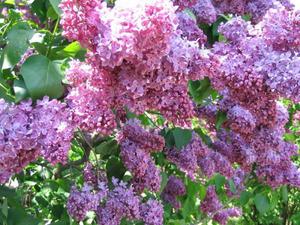 You can buy lilacs of two types - this self-rooted and grafted... Most often, seedlings of self-rooted lilacs are purchased, which were propagated by seedlings according to the old methods. There is also a microclonal reproduction method, but the purchase of such seedlings is associated with a number of risks, since when lilacs are multiplied by this method, there is a possibility of mutations, violations, which can lead to a plant that will differ from the mother. In fact, an unknown plant is acquired.
You can buy lilacs of two types - this self-rooted and grafted... Most often, seedlings of self-rooted lilacs are purchased, which were propagated by seedlings according to the old methods. There is also a microclonal reproduction method, but the purchase of such seedlings is associated with a number of risks, since when lilacs are multiplied by this method, there is a possibility of mutations, violations, which can lead to a plant that will differ from the mother. In fact, an unknown plant is acquired.
The vaccine is most often carried out on common lilac or Hungarian. However, such plants have a number of disadvantages... Firstly, this is the fragility of the vaccine due to the rejection of the scion after a while. Secondly, it is a constant struggle with the undergrowth, which can "hammer" the grafted variety, which will lead to the regeneration of the lilac. Well, the last thing is that the bush has one main shoot, which prevents the plant from rejuvenating and shortening its life. Although in small gardens and parks, such plants are more popular due to their compact size.
